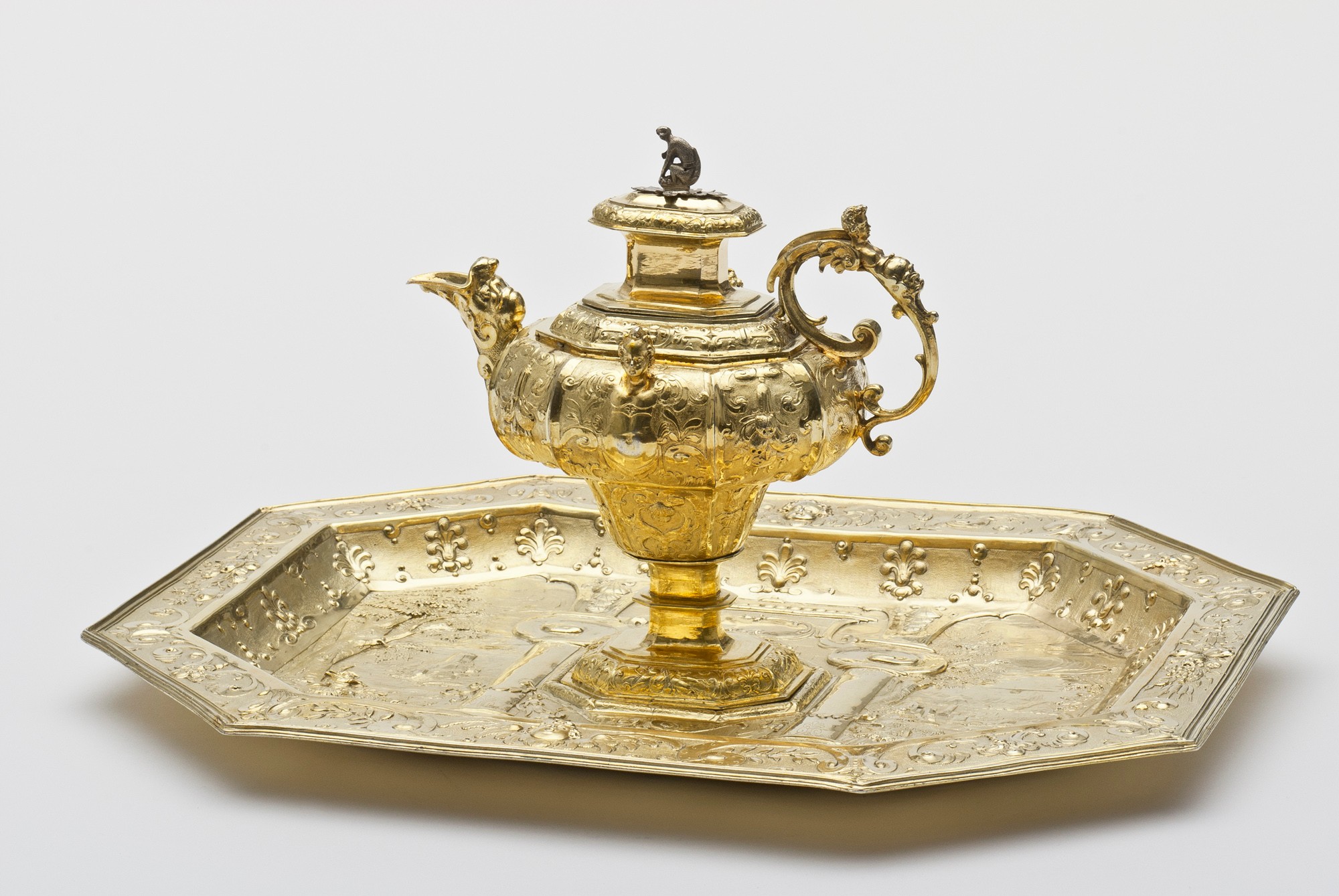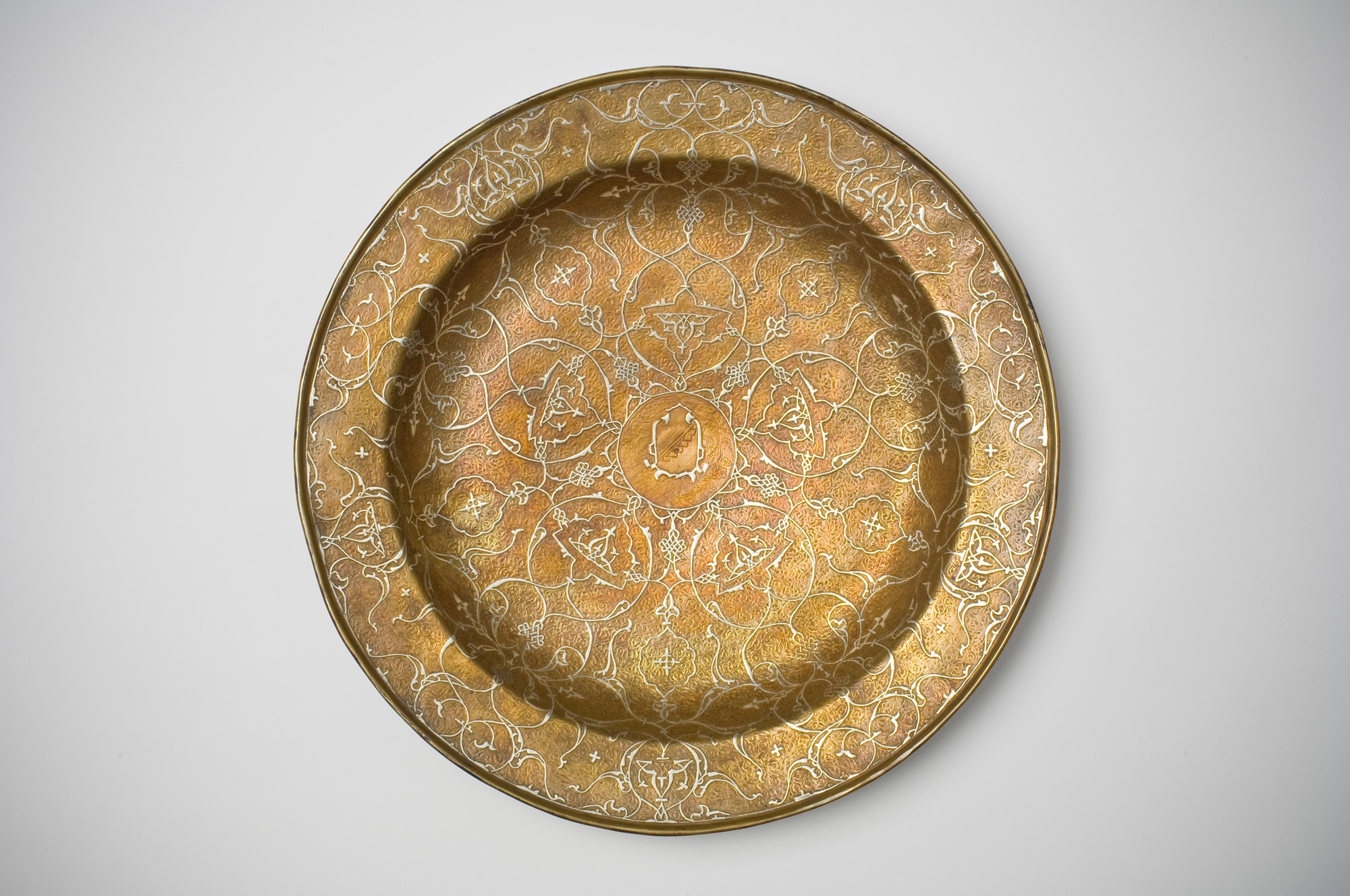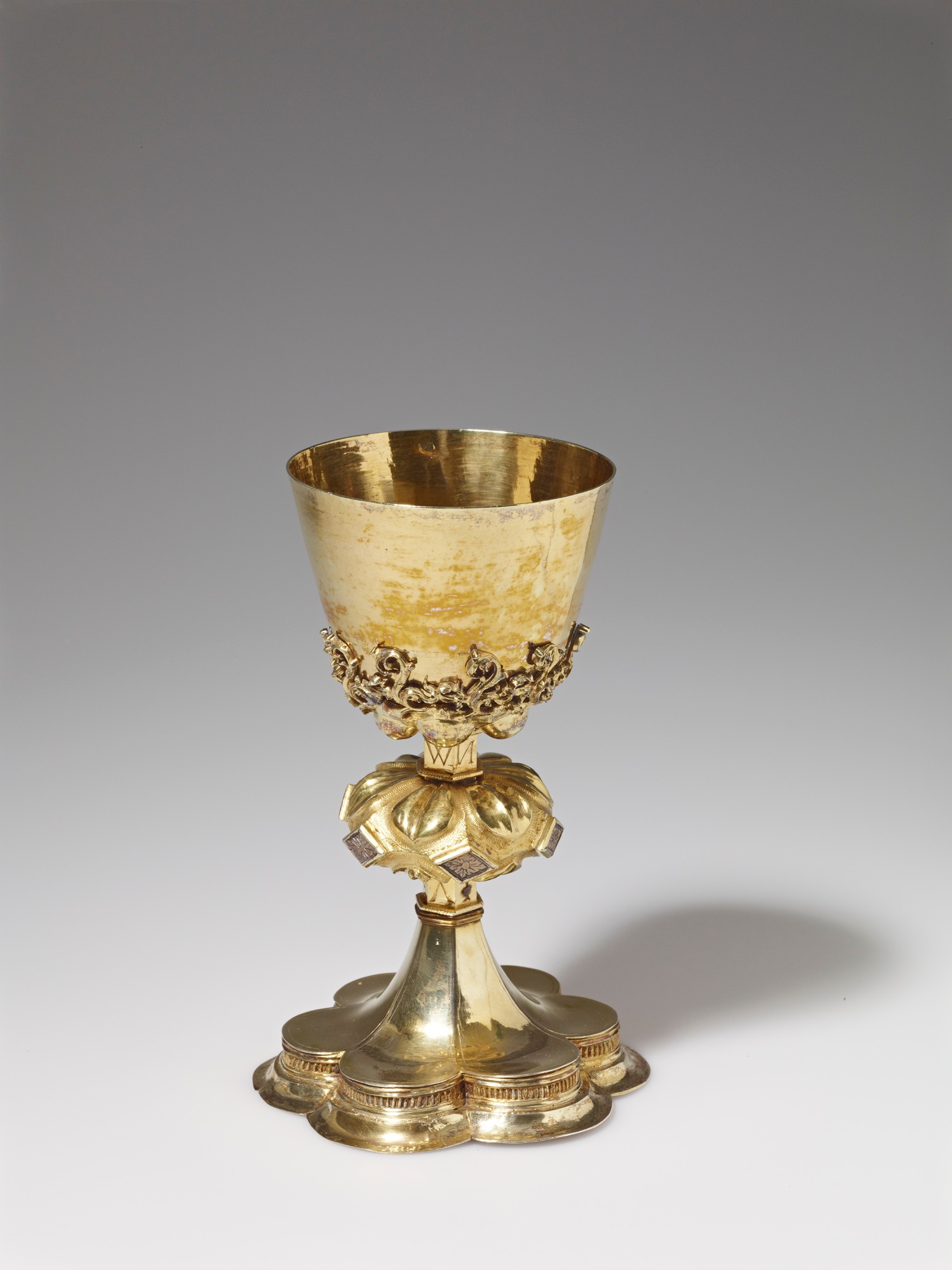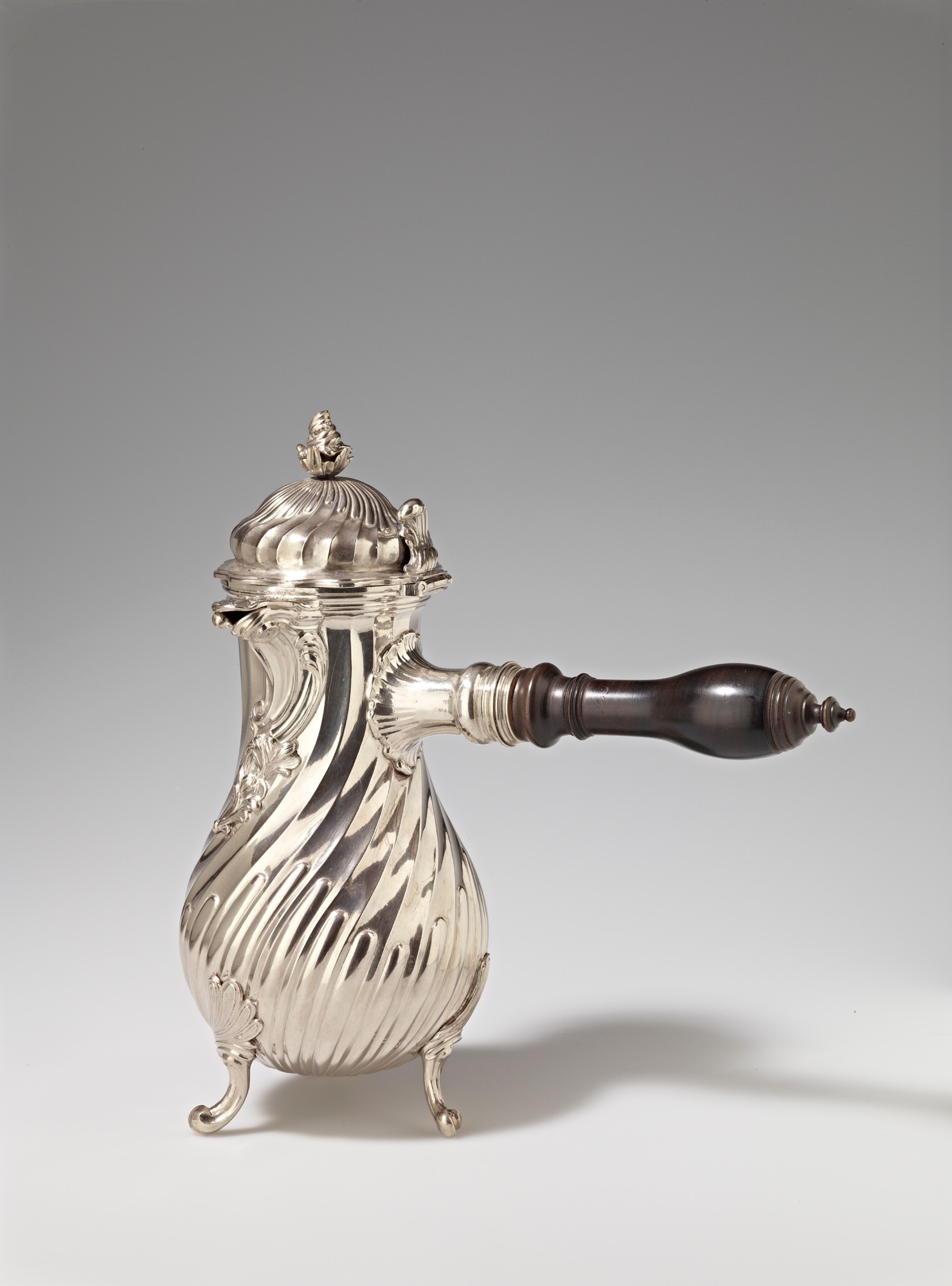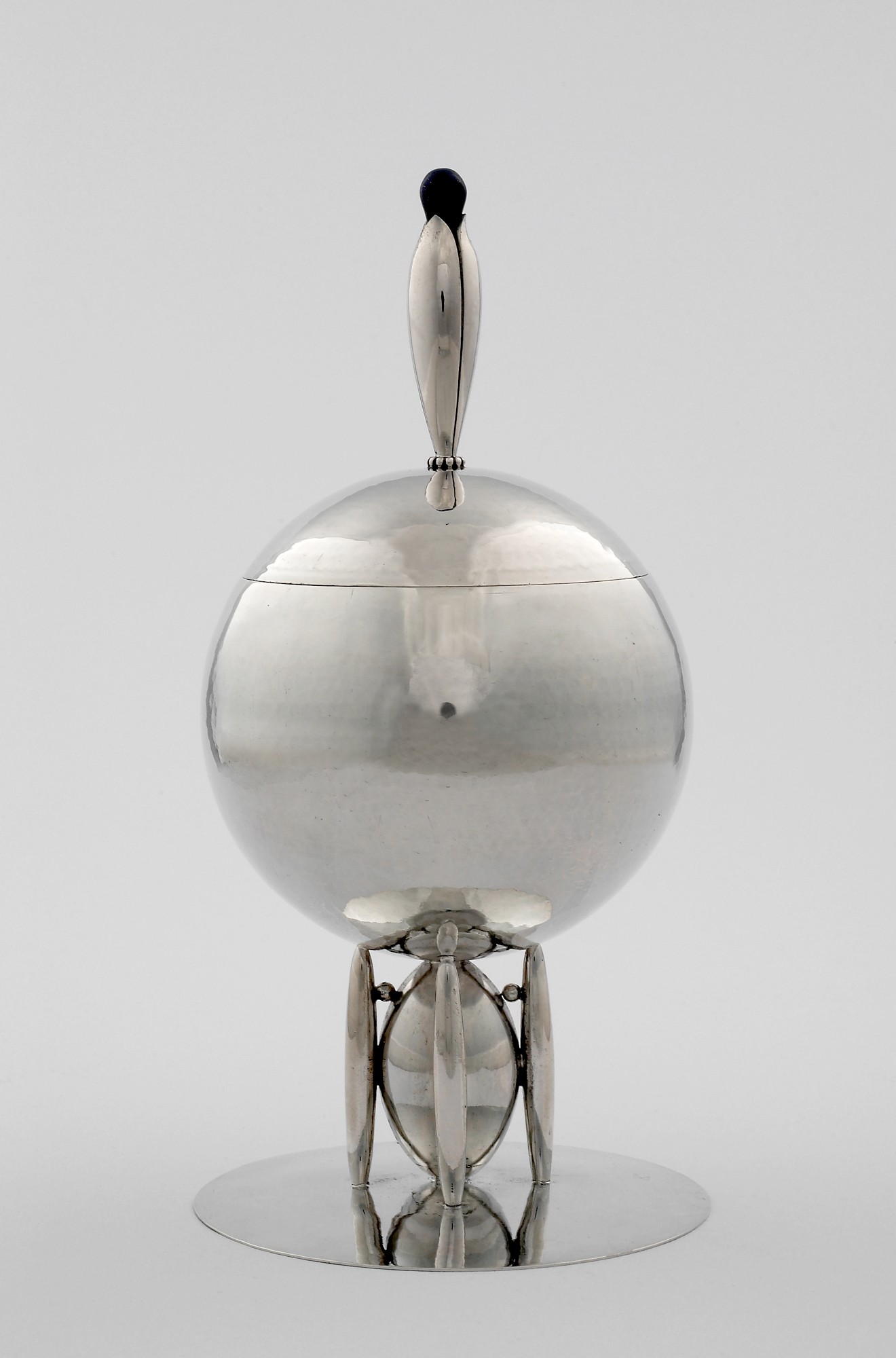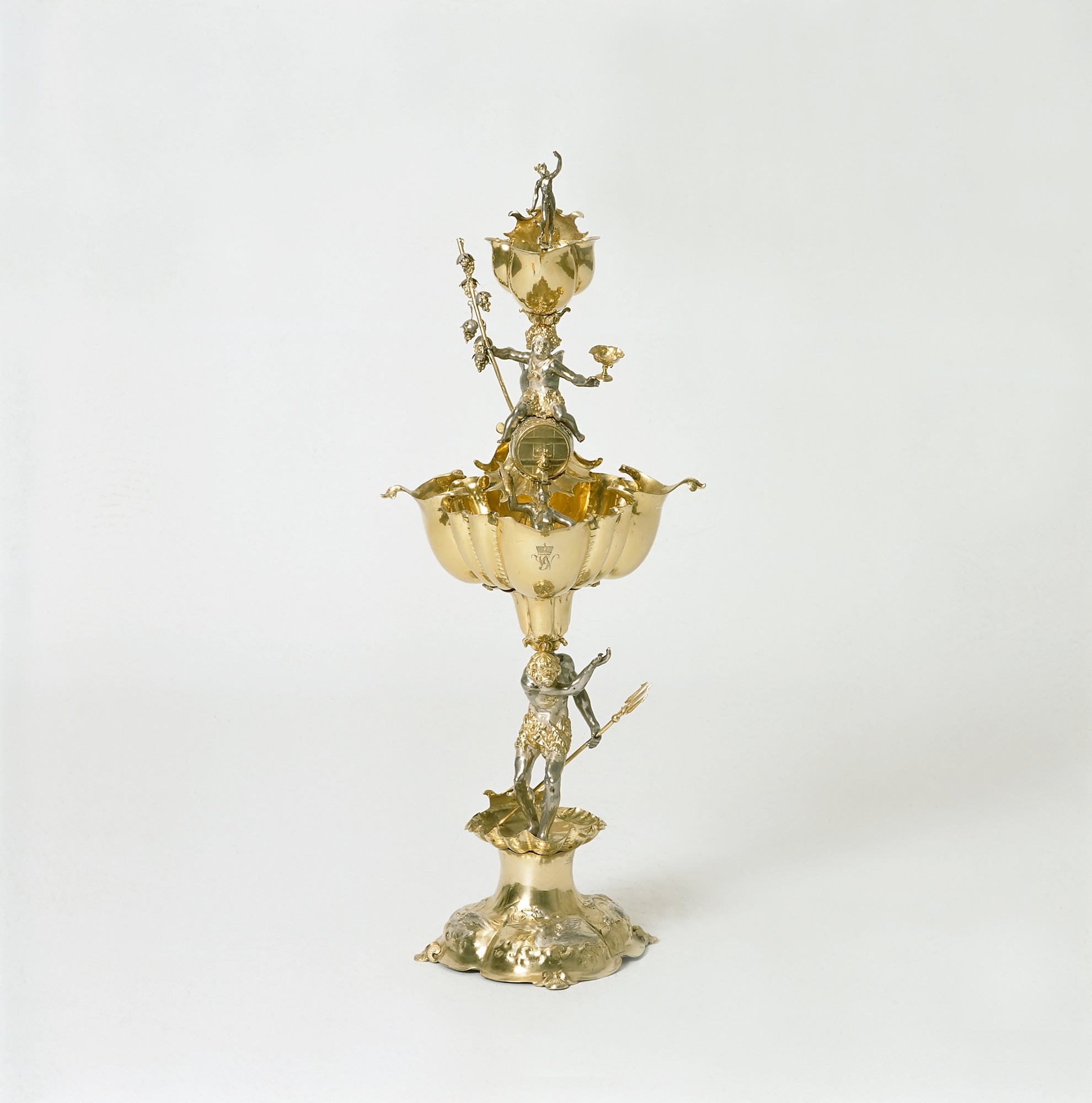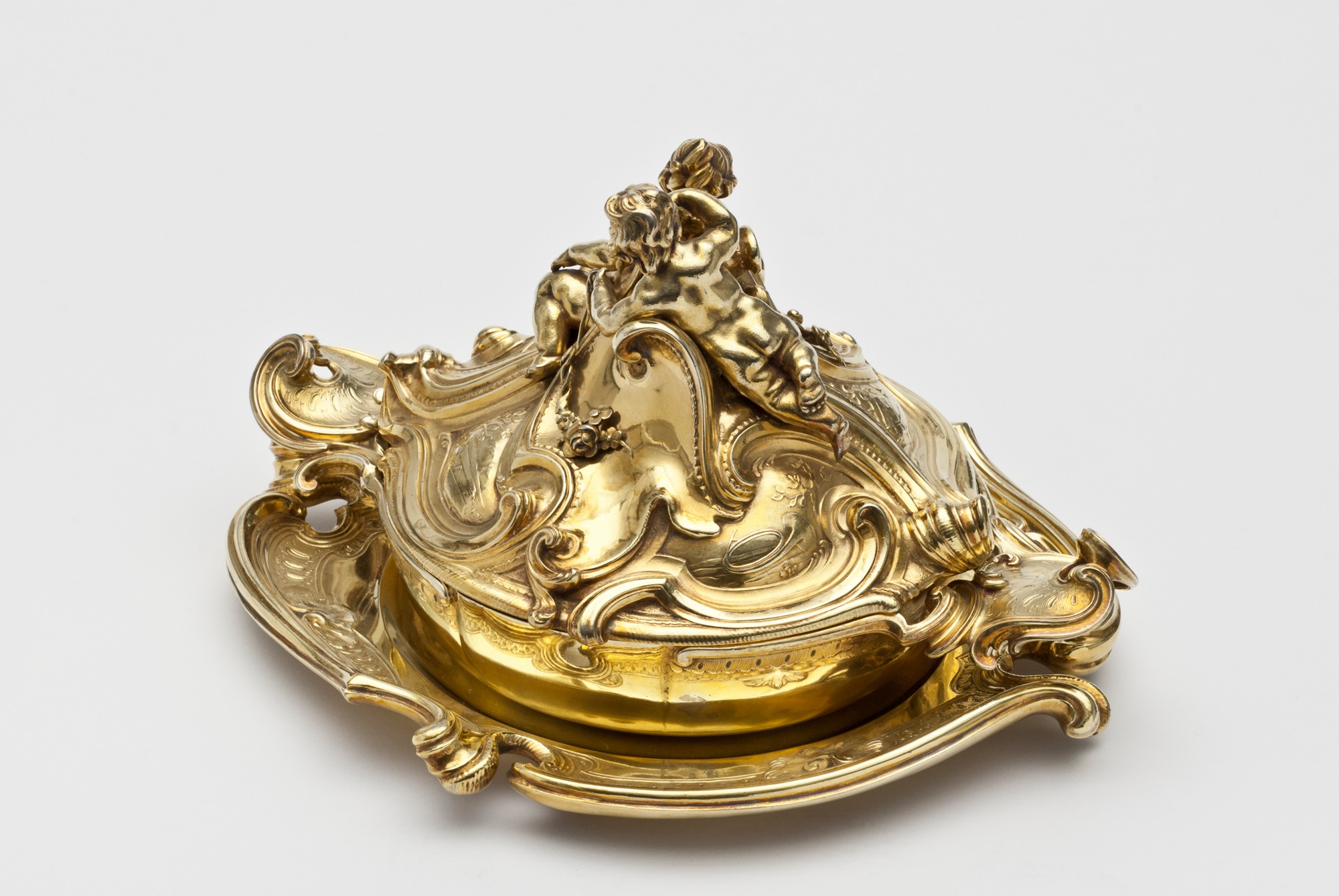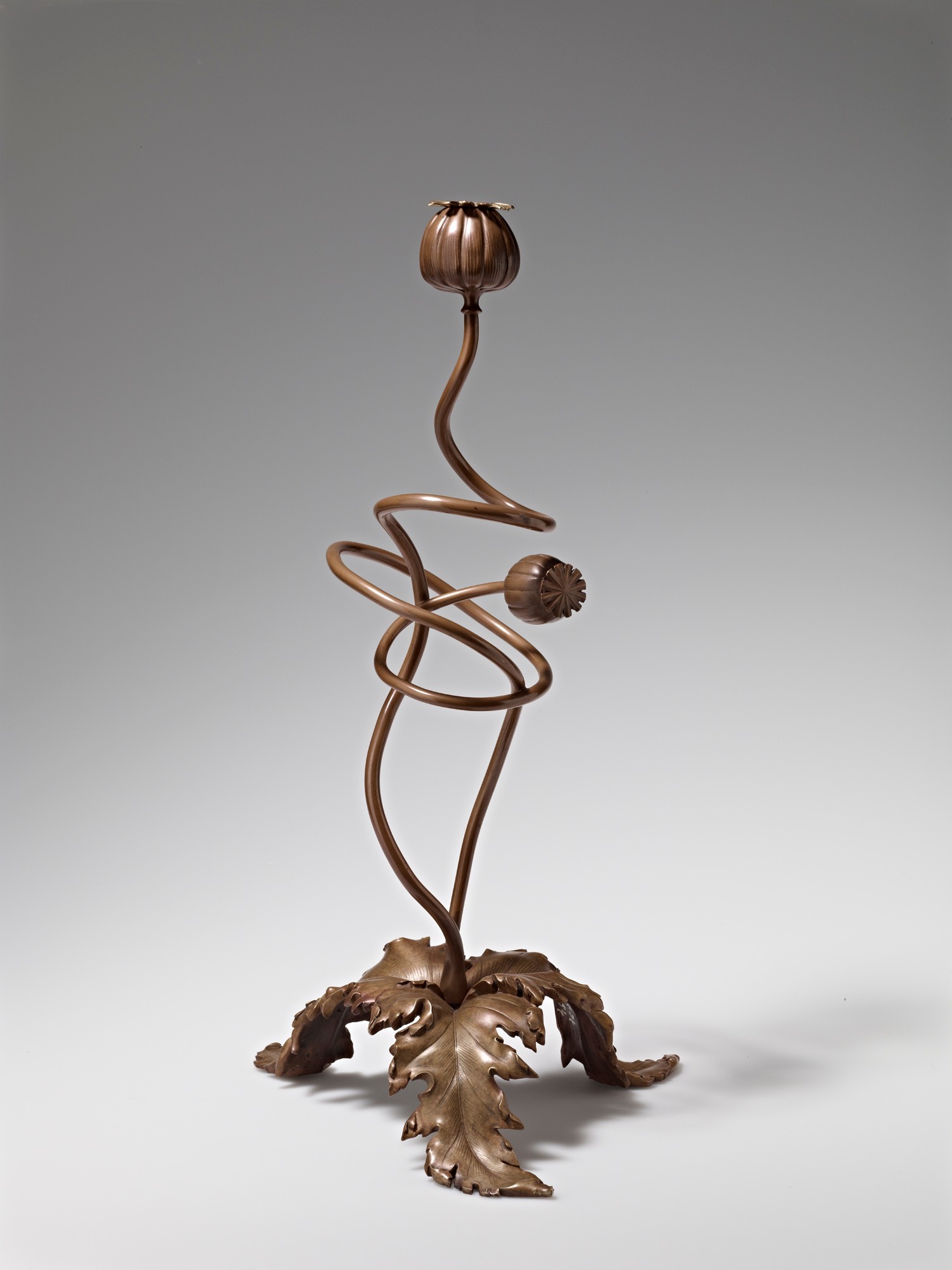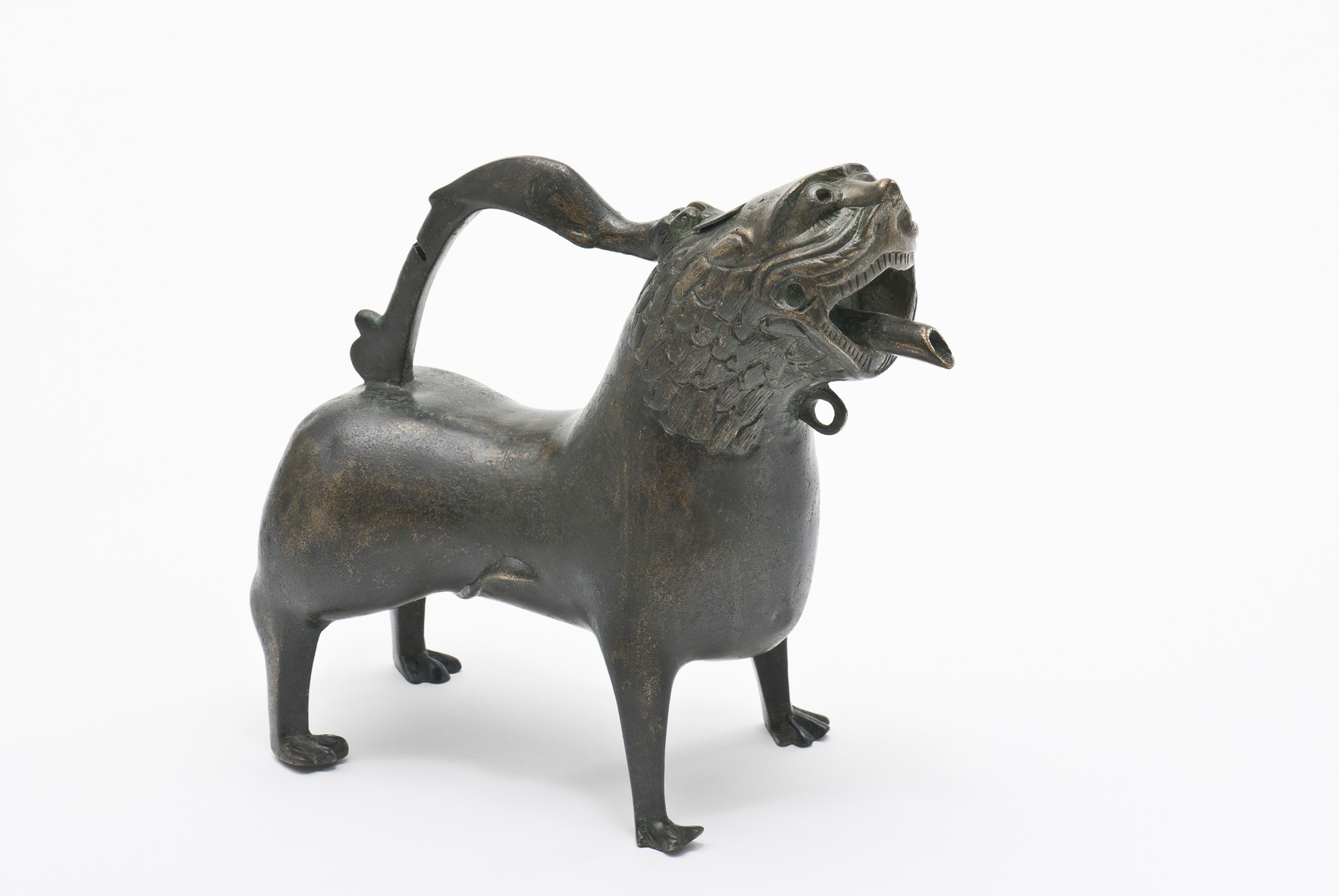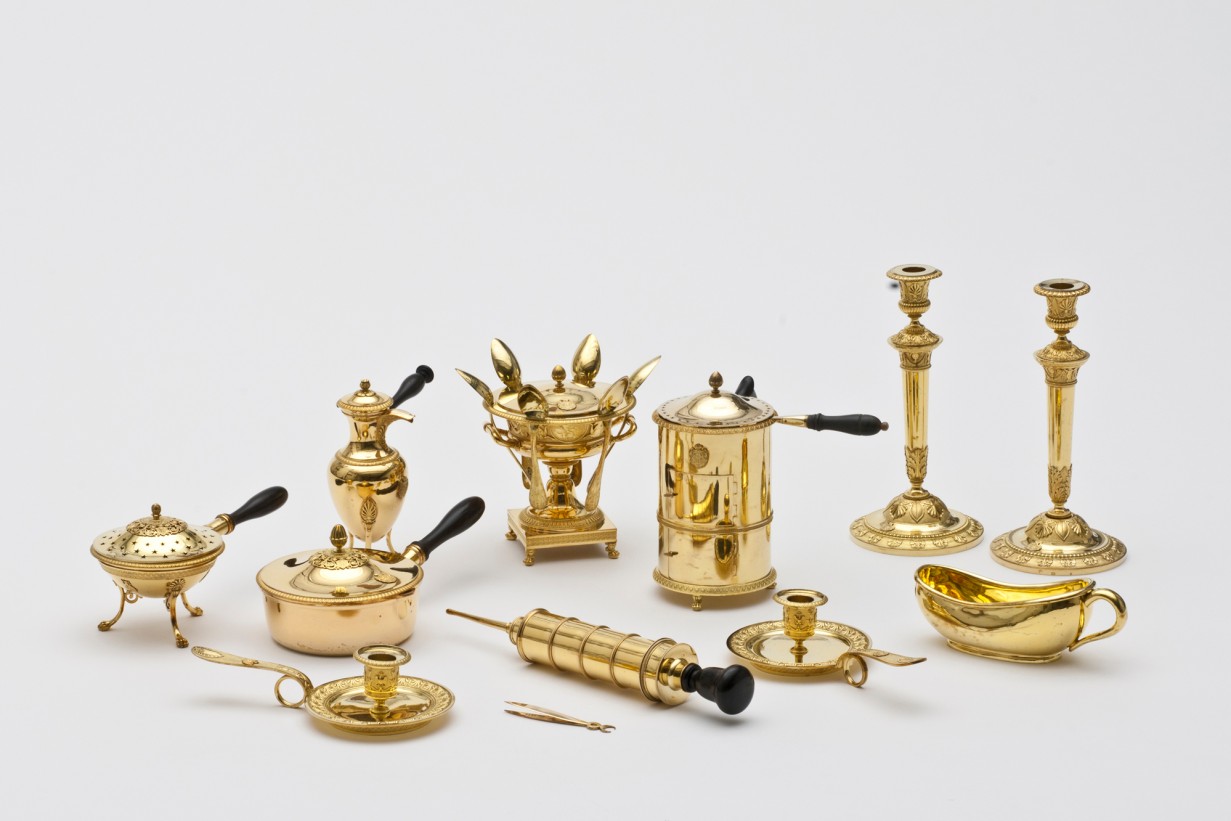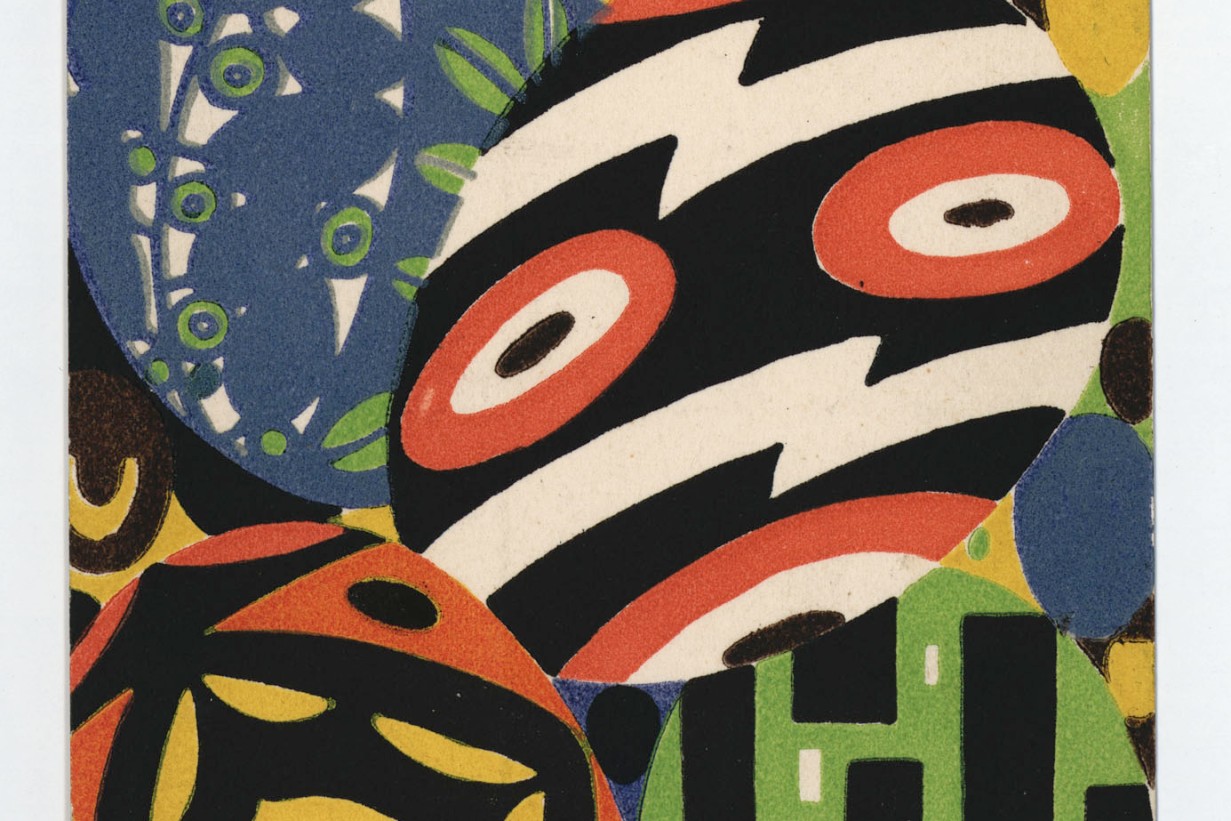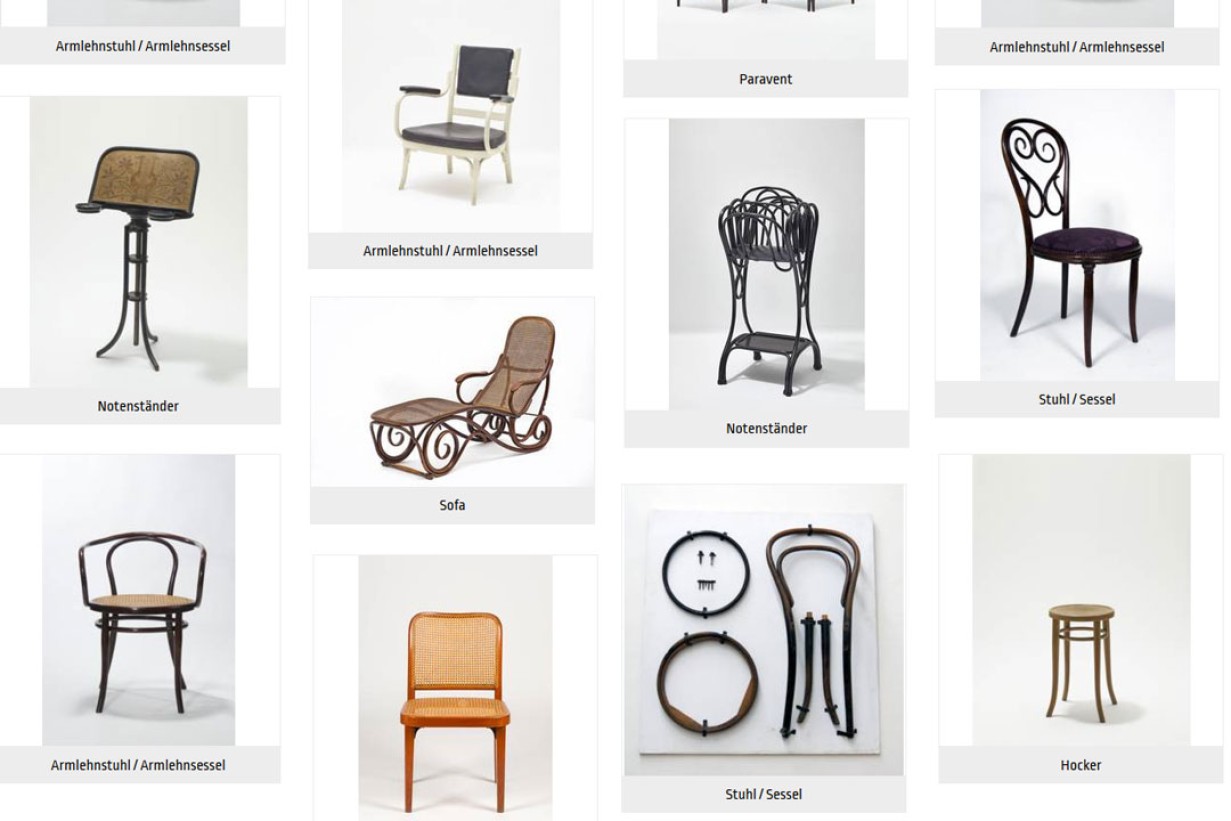
Metal Study Collection
Curator: Anne-Katrin Rossberg
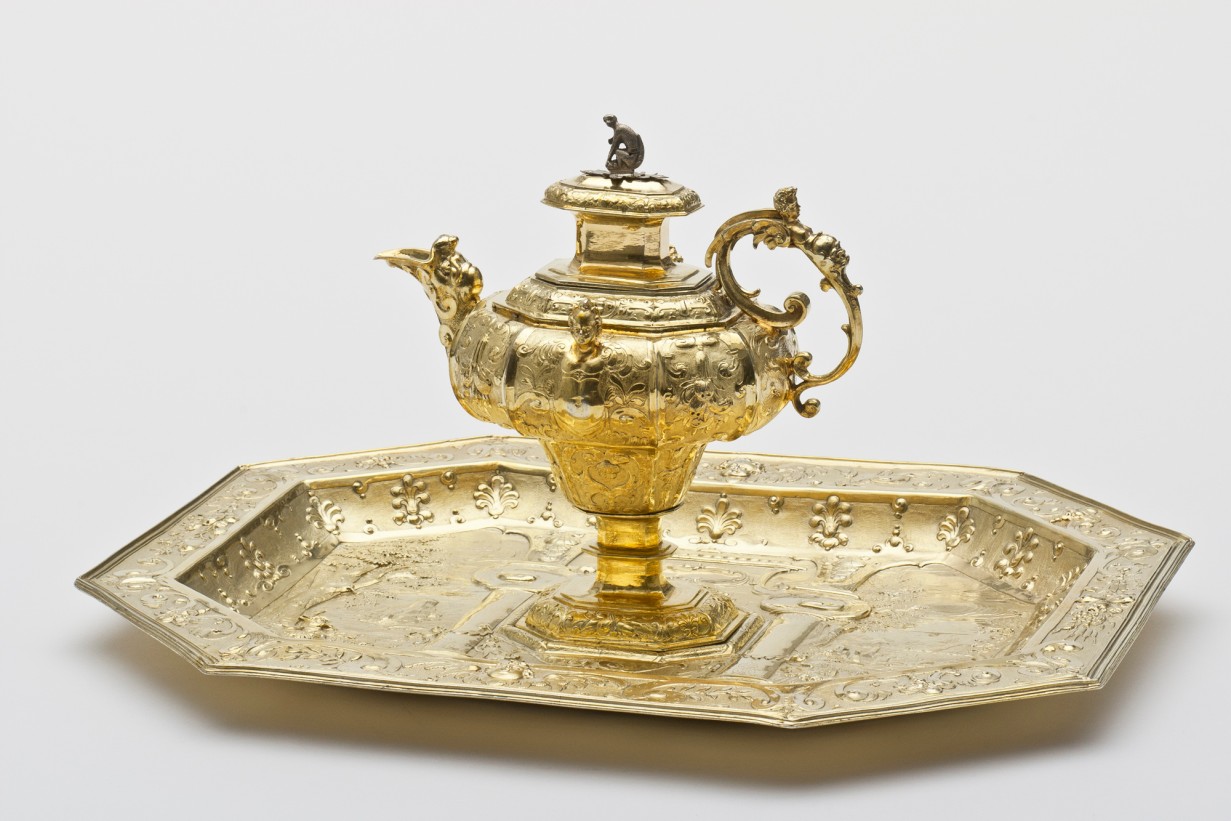
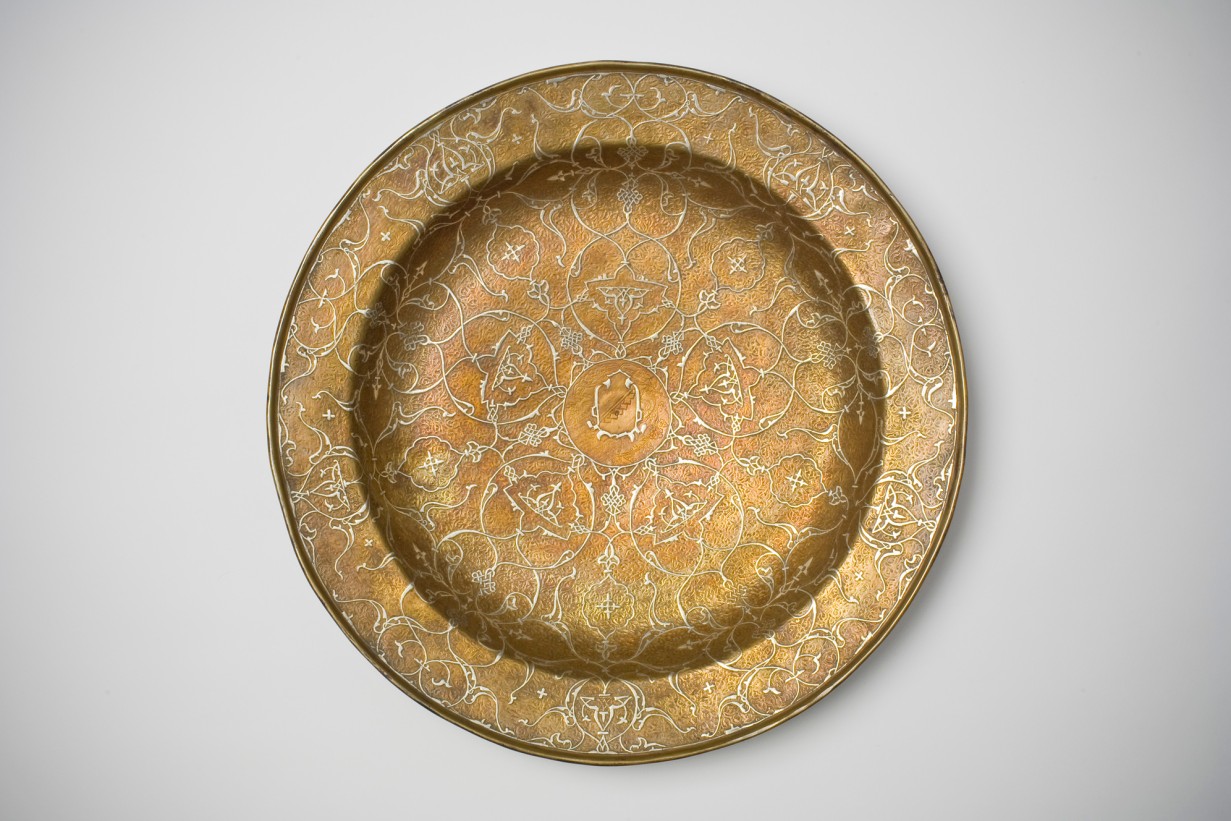
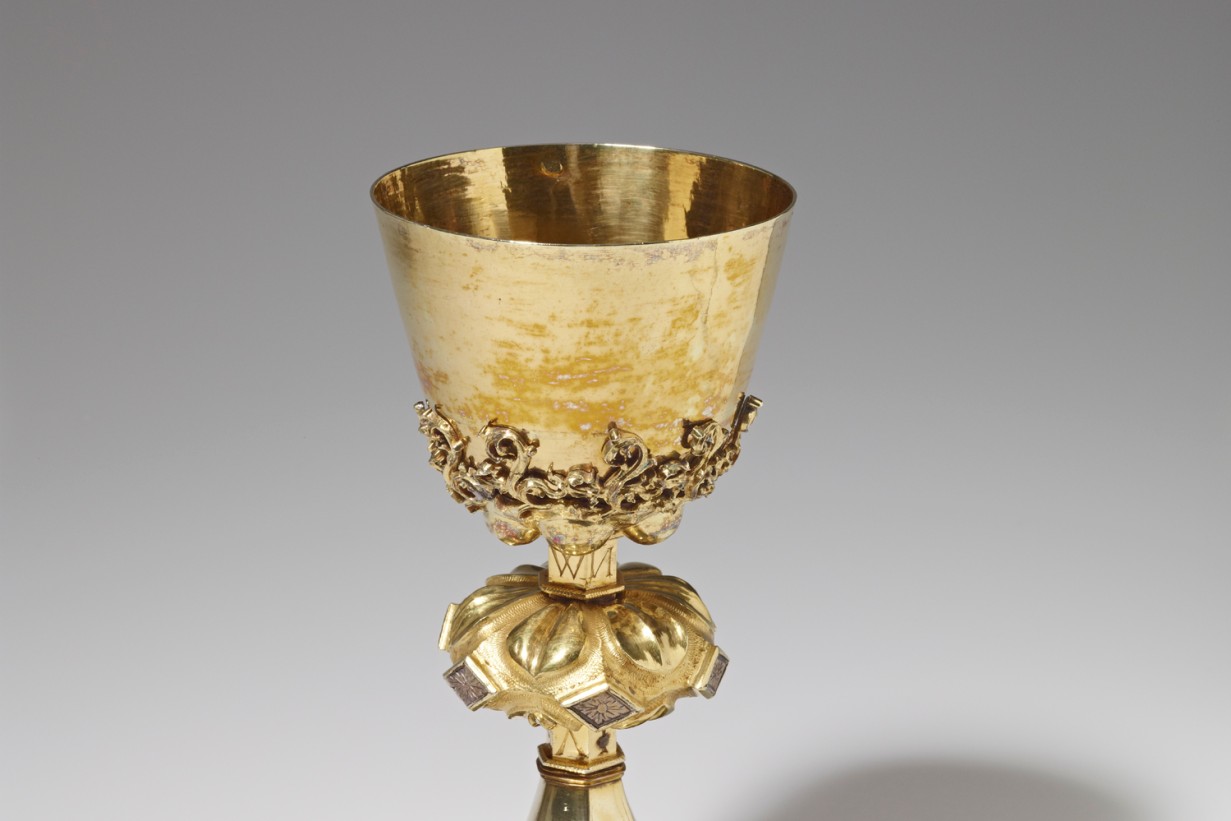
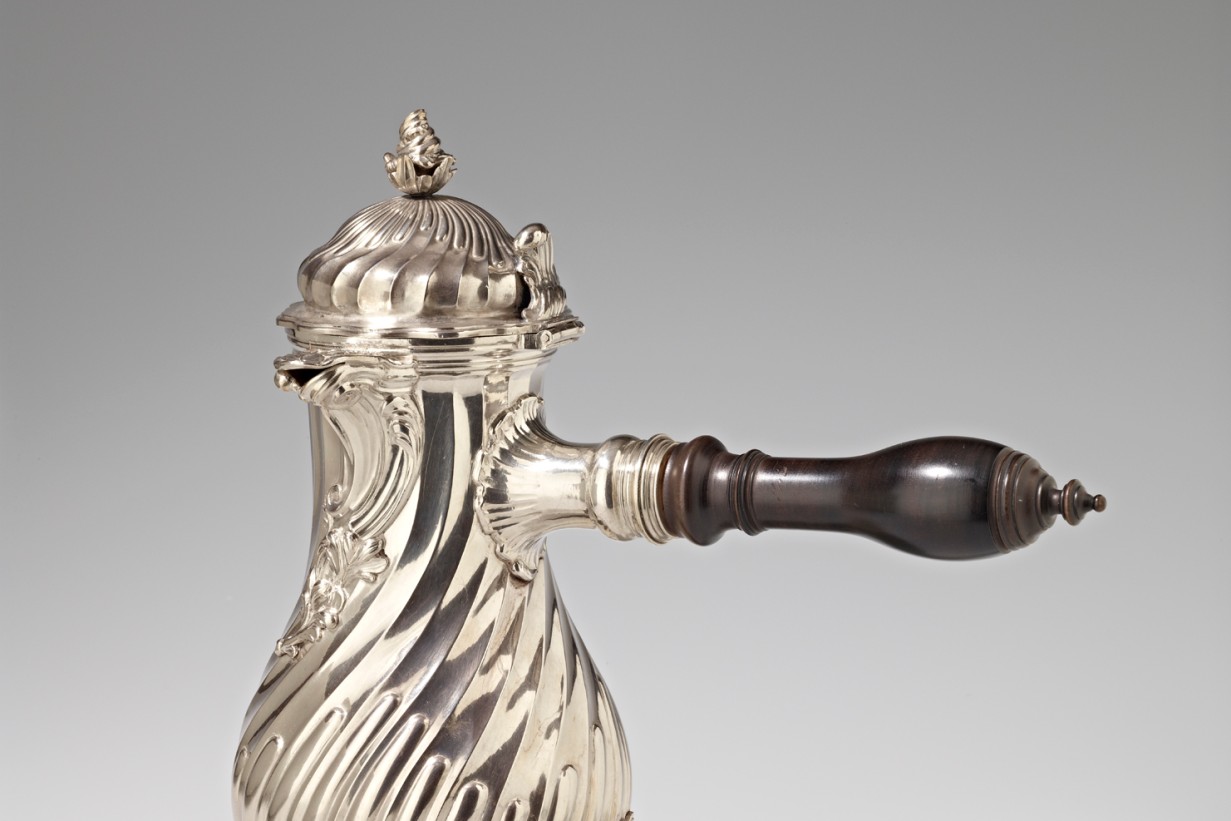
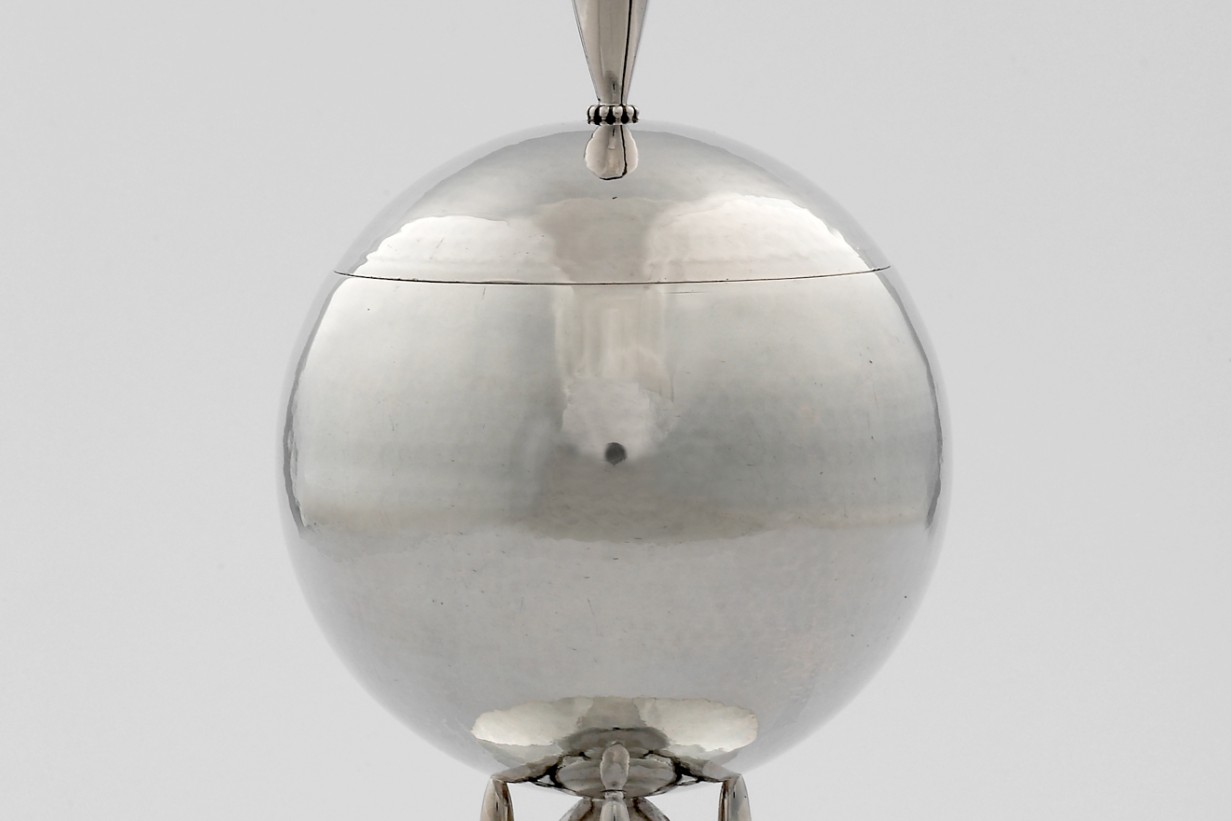
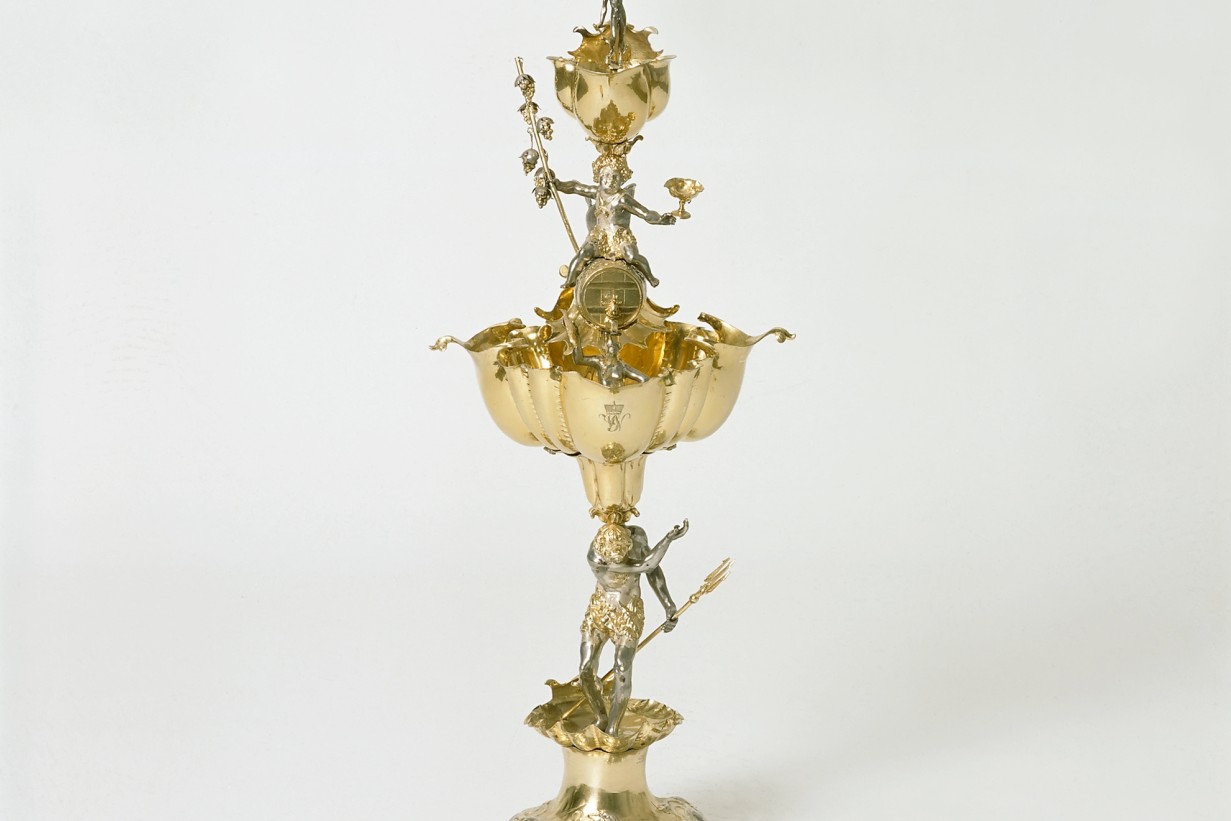
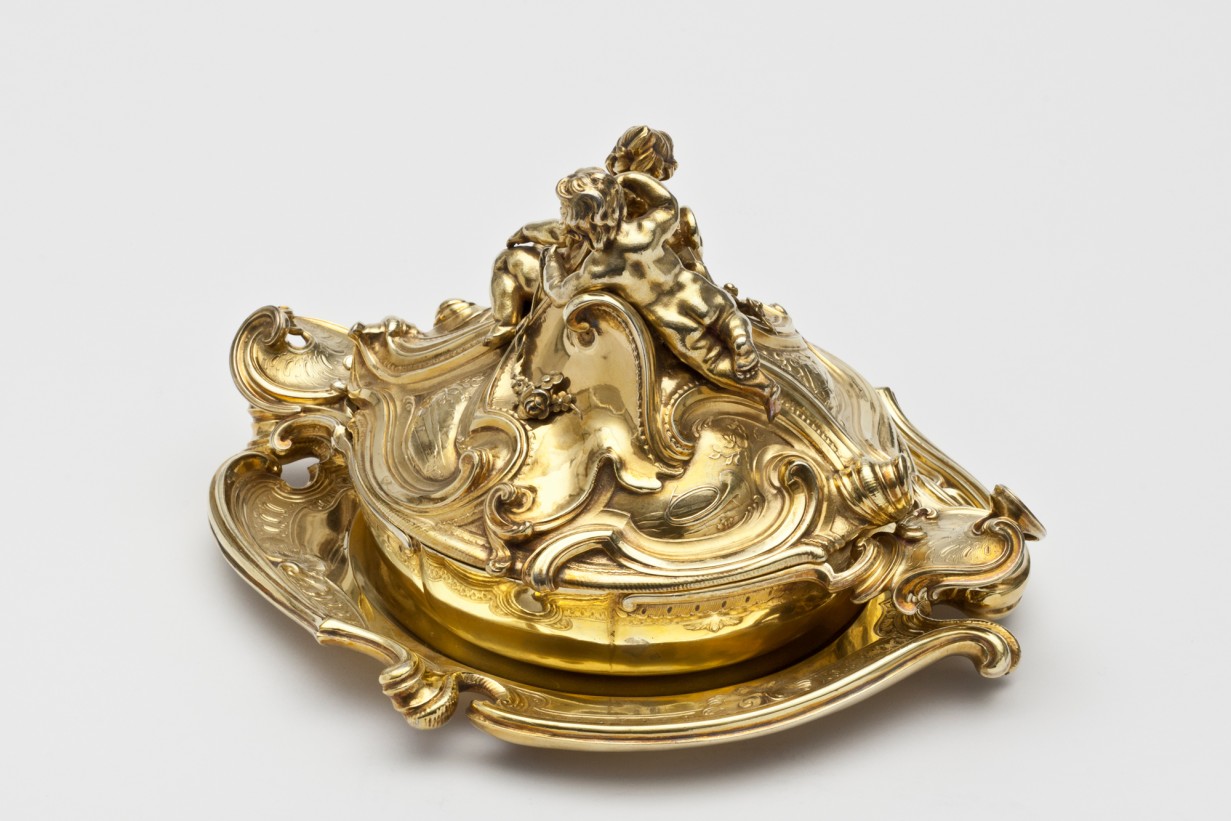
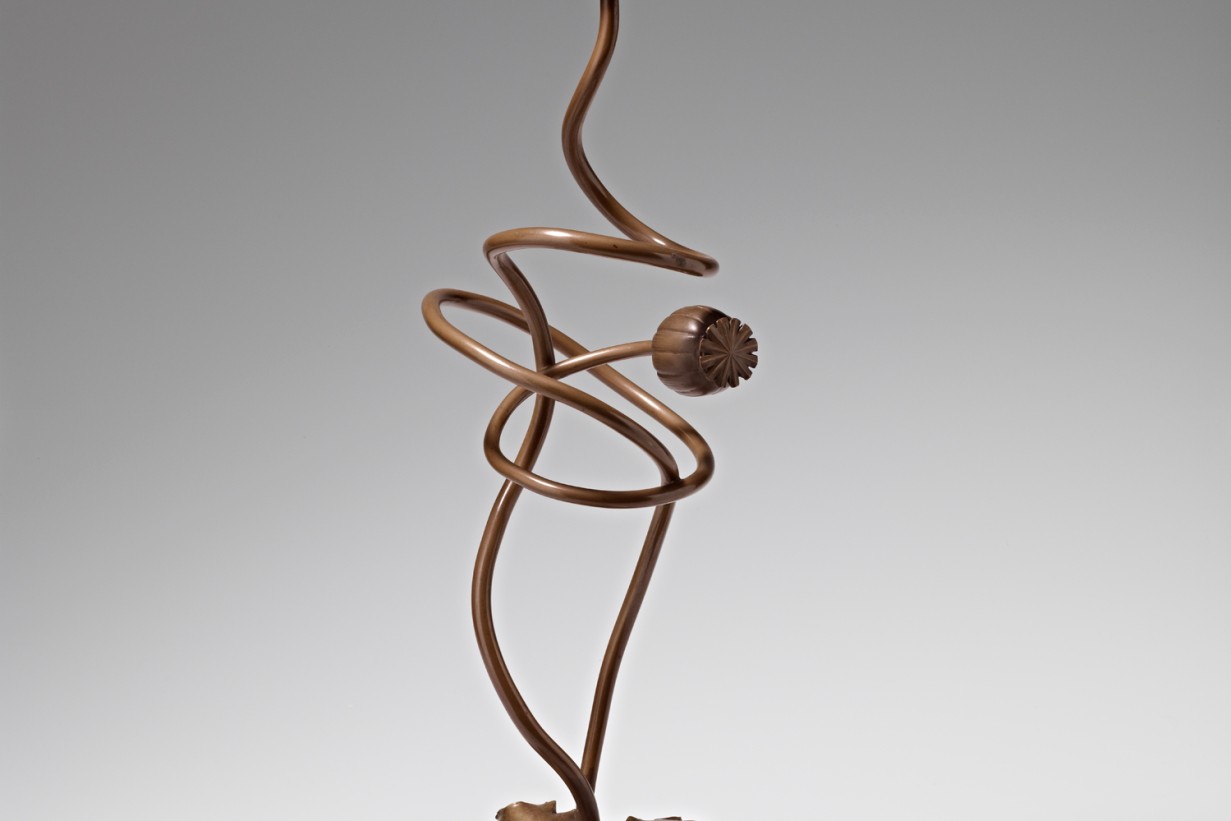
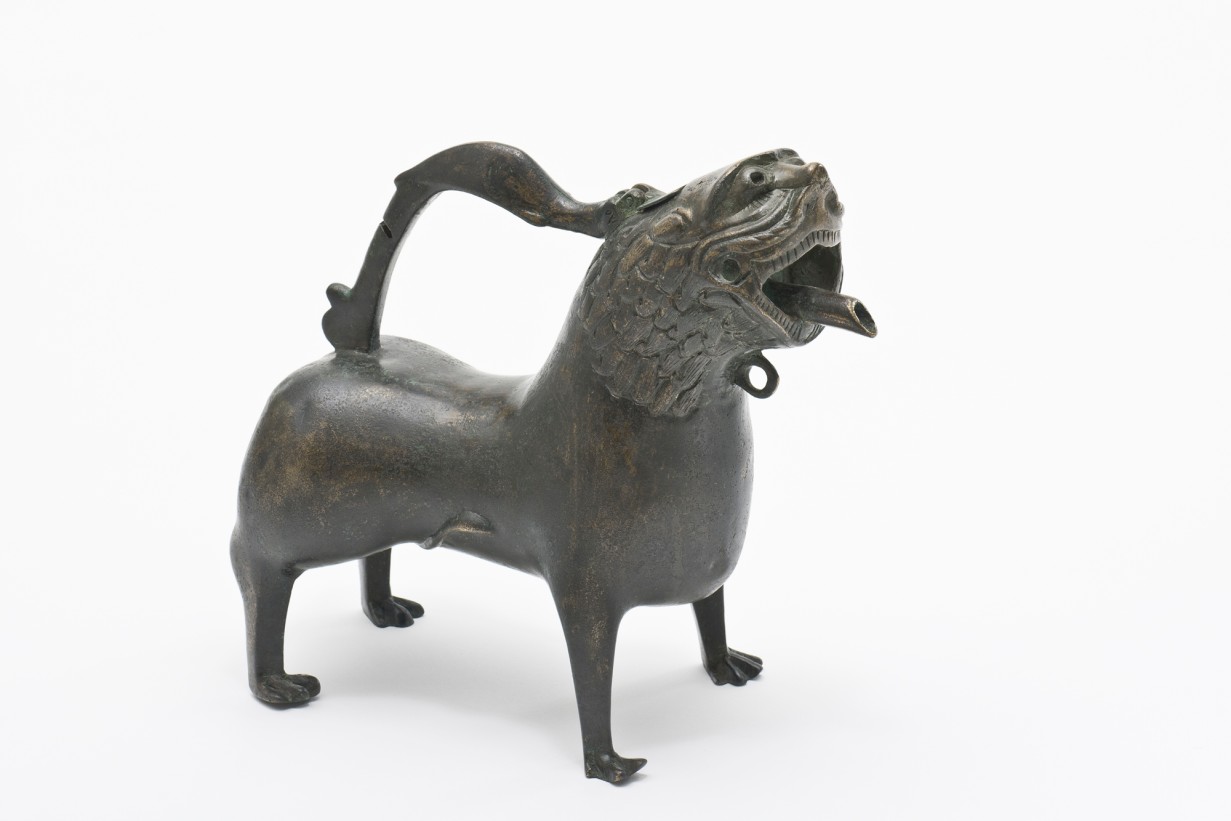
Previous Image
Metal Study Collection 1993-2013
Goldsmiths' work from the 16th to the 19th century forms the central focus of the metal study collection. Secular utensils made of silver, often also gilded, could be used according to function as pouring or drinking vessels, dishes, plates or platters, and centerpieces. Frequently, large and elaborate pieces of gold work acted as “prestige objects” on display buffets and, at the same time, as a capital reserve. The history of the objects is closely linked to the development of the eating and drinking habits of the wealthy and their desire for prestigious representation. A change in table culture also brought about a change in tableware.
Some of the sudden transitions in the development of tableware can now be documented only through pictorial representations, for expert opinion maintains that only about 2–4% of the total amount of earlier goldsmiths' work has survived to the present day. One reason is that constant warfare used up the monetary reserves of rulers, princes, and cities over the centuries, thus leading to a radical exhaustion of the precious metal artefacts that also served as financial assets. Another is the change in taste and eating and drinking customs, which made many of the objects seem functionally inadequate and ineffective. Vessels made of precious metals were often melted down, the money invested elsewhere.
The goldsmiths' most important commissions in the Middle Ages came from the Church. Their art was treated as equal to other art forms—architecture, painting, and sculpture. During the transition from Romanesque to Gothic the goldsmiths left their monastery and court work-shops and moved to the cities. They now gained commissions, in addition, from the middle classes and craft organizations, such as fraternities and trade guilds. Guild cups or jugs, welcome-cups for artisans as well as for important guests, and presents for legations and envoys were all now part of the goldsmith's work. Cutlery, drinking cups, beakers, tankards, jugs, and flagons in manageable sizes were intended for actual use. In the 17th century, new beverages, such as tea, coffee, and hot chocolate became popular. Their consumption called for new types of vessels, whose models were to be found in the beverages' countries of origin.
Candlesticks were amongst the most important utensils, having supported the most refined source of light for hundreds of years. Sacral and secular types of candlestick were not differentiated. The majority of church candelabra served secular purposes before they went into the ownership of the Church. It is solely the size of candlesticks that allows any conclusion to be drawn about their function: whether they were used to light rooms and tables, whether they were night lights, or whether they illuminated sanctuaries. Like other gold and metalwork, candlesticks were also subject to the criteria of fashion.
As in other museums, the collections of the Austrian Museum of Applied Arts are subject to certain limitations. Viewed realistically, artistic and art-historical completeness can never be attained. For this reason additional galvanized copies of originals, not held by the MAK, have been positioned amongst the genuine vessels in order to demonstrate utensil typology. Artefacts made of other materials and cultural spheres which served the European forms as models or were influenced by them, are intended to clarify the cultural-historical development even further. / Elisabeth Schmuttermeier
Goldsmiths' work from the 16th to the 19th century forms the central focus of the metal study collection. Secular utensils made of silver, often also gilded, could be used according to function as pouring or drinking vessels, dishes, plates or platters, and centerpieces. Frequently, large and elaborate pieces of gold work acted as “prestige objects” on display buffets and, at the same time, as a capital reserve. The history of the objects is closely linked to the development of the eating and drinking habits of the wealthy and their desire for prestigious representation. A change in table culture also brought about a change in tableware.
Some of the sudden transitions in the development of tableware can now be documented only through pictorial representations, for expert opinion maintains that only about 2–4% of the total amount of earlier goldsmiths' work has survived to the present day. One reason is that constant warfare used up the monetary reserves of rulers, princes, and cities over the centuries, thus leading to a radical exhaustion of the precious metal artefacts that also served as financial assets. Another is the change in taste and eating and drinking customs, which made many of the objects seem functionally inadequate and ineffective. Vessels made of precious metals were often melted down, the money invested elsewhere.
The goldsmiths' most important commissions in the Middle Ages came from the Church. Their art was treated as equal to other art forms—architecture, painting, and sculpture. During the transition from Romanesque to Gothic the goldsmiths left their monastery and court work-shops and moved to the cities. They now gained commissions, in addition, from the middle classes and craft organizations, such as fraternities and trade guilds. Guild cups or jugs, welcome-cups for artisans as well as for important guests, and presents for legations and envoys were all now part of the goldsmith's work. Cutlery, drinking cups, beakers, tankards, jugs, and flagons in manageable sizes were intended for actual use. In the 17th century, new beverages, such as tea, coffee, and hot chocolate became popular. Their consumption called for new types of vessels, whose models were to be found in the beverages' countries of origin.
Candlesticks were amongst the most important utensils, having supported the most refined source of light for hundreds of years. Sacral and secular types of candlestick were not differentiated. The majority of church candelabra served secular purposes before they went into the ownership of the Church. It is solely the size of candlesticks that allows any conclusion to be drawn about their function: whether they were used to light rooms and tables, whether they were night lights, or whether they illuminated sanctuaries. Like other gold and metalwork, candlesticks were also subject to the criteria of fashion.
As in other museums, the collections of the Austrian Museum of Applied Arts are subject to certain limitations. Viewed realistically, artistic and art-historical completeness can never be attained. For this reason additional galvanized copies of originals, not held by the MAK, have been positioned amongst the genuine vessels in order to demonstrate utensil typology. Artefacts made of other materials and cultural spheres which served the European forms as models or were influenced by them, are intended to clarify the cultural-historical development even further. / Elisabeth Schmuttermeier
Media
Nicolò Rugina Greco da Corfù: Plate
Mediterranean region, 1550
Signed: “Nicolo Rugina Greco da Corfu”
Brass, inlaid with silver
Go 81 / 1868
Josef Hoffmann: Lidded Goblet
Vienna, 1902
Manufacture: Würbel & Czokally
Silver, gilded inside, lapis lazuli
Go 2104 / 1989
Giovan Battista Boucheron: Lidded Turreen witn Saucer
Turin, 1763–1766
Manufacture: Giovan Battista Boucheron, Bartolomeo Pagliani, Carlo (chaser), Carlo Tamiatti (engraver)
Silver, gilded
KHM 447
Candelabra
Jablonec nad Nisou (today Czech Republik; German: Gablonz), before 1905
Design and Manufacture: Fachschule [professional school] Gablonz
Bronze
W.I. 454 / 1905
